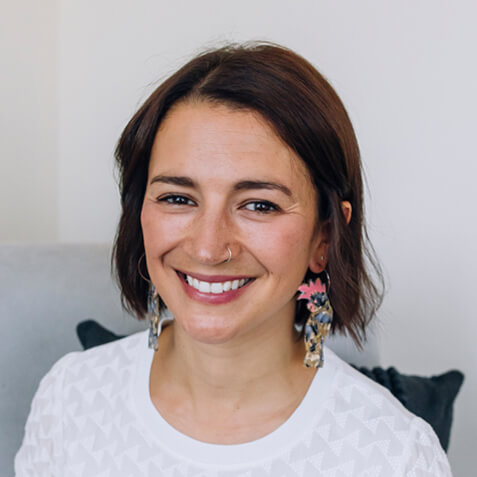Anxiety in kids can show up in a variety of ways
As a parent, you may have noticed that your child sometimes feels anxious or worried about certain things.
Anxiety in children is a common experience and can manifest in many different ways. The average age of onset for an anxiety disorder is 16 years old. That means half of all people who develop an anxiety disorder will have developed it before they turn 16. Some research suggests that people can struggle with anxiety for 15 years or more before they reach out for help or support.
It doesn’t mean that everyone who is anxious has an anxiety disorder. It can be helpful to understand what anxiety is, what causes it, and what you can do to support your child if they are struggling with anxiety.
What is anxiety?
Anxiety is a natural human emotion that we all experience from time to time. It is a feeling of unease or worry about something that may happen in the future. Anxiety can be triggered by different things such as starting a new school, meeting new people, or taking a test.
For some children, anxiety can be intense and prolonged, and it can interfere with their daily activities. This type of anxiety can be/become an anxiety disorder.
While anxiety is a normal feeling we all experience, it can vary tremendously in severity (from mild uneasiness to extreme terror and panic) and in frequency (from occasional distress to seemingly constant unease).
Anxiety disorders are the most common mental disorders worldwide. They can be debilitating and often cause impairment in social and occupational functioning and lead to more disability than any other mental health disorder.
What causes anxiety in kids?
Anxiety in children can be caused by a variety of factors, including genetics, brain chemistry, life experiences, adverse childhood experiences, and environmental factors. Some children may be more prone to anxiety due to their temperament (personality). Others may develop anxiety due to stressful life events, such as a move, a divorce or separation, or the loss of a loved one.
Anxiety is a common experience that affects many children and adults.
How to recognise anxiety in kids
Anxiety can manifest in many different ways, depending on the child and the situation. Kids may use language around the somatic symptoms of anxiety such as my tummy hurts, I feel sick; or show behaviours like avoiding school, being really quiet and shy or even being very ‘good’.
Some common signs of anxiety in children include:
- Excessive worry about things that may or may not happen
- Fear or avoidance of certain situations or activities
- Difficulty sleeping or nightmares
- Physical symptoms such as stomachaches, headaches, or muscle tension
- Irritability or restlessness
- Difficulty concentrating or making decisions
- Mind going blank
- Panic attacks or sudden feelings of intense fear or terror
- Sleep disturbance (difficulty falling or staying asleep or restless, unsatisfying sleep)
How to support your child if they are experiencing anxiety?
If you think your child may be struggling with anxiety, there are several things you can do to support them:
- Validate their feelings: Let your child know that anxiety is a normal and understandable emotion, and that you are there to support them.
- Listen to their concerns: Encourage your child to talk about what’s worrying them, and listen without judgement or criticism.
- Provide reassurance: Help your child see that their fears are unlikely to come true and that you will be there to help them cope with challenges that may arise.
- Teach coping skills: Work with your child to develop coping strategies, such as deep breathing, visualisation, or positive self-talk.
- Seek professional help: If your child’s anxiety is severe or persistent, getting in the way of things like engaging or attending school or leaving the house, it’s important toseek the support of a mental health professional.
If you need to see a professional there are a few different therapies that work for anxious kids
Cognitive Behaviour Therapy (CBT), can help children understand the relationship between their thoughts, feelings and behaviour.
Play Therapy, utilises a child’s language and helps children draw or enact feelings and experiences they can’t put into words.
Acceptance and Commitment Therapy (ACT), is a newer CBT approach that encourages the development of mindfulness and acceptance of our inner experiences such as thoughts and feelings rather than trying to change or avoid them.
Narrative Therapy uses play and storytelling to help children develop a coherent narrative of their experiences.
Family Therapy emphasises family relationships and the broader system, making it particularly useful when working with children. Family interactions are observed and the structure within the family is considered.
Remember that anxiety in children is a common experience, and with the right support, most children are able to manage their anxiety and thrive. By being patient, supportive, and understanding, you can help your child feel more confident and capable in managing their feelings of anxiety.
At The Therapy Hub, we offer counselling and psychological support for the age group between 12-45. Our team draws from various therapeutic approaches and works with an underlying knowledge that no two people are the same. We take pride in tailoring and adapting our therapy to meet each client’s needs








Recent Comments